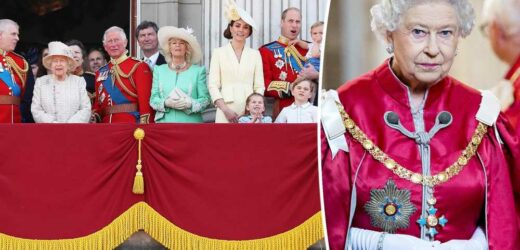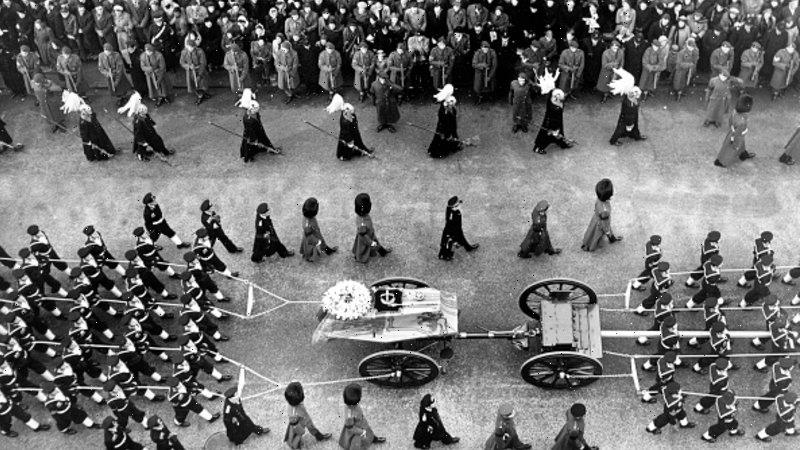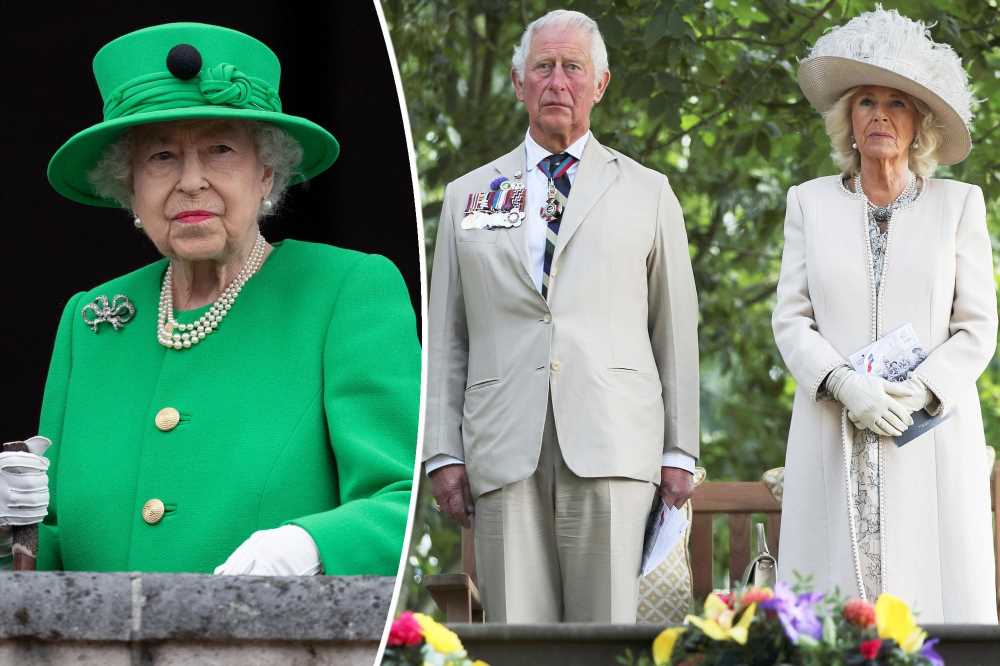Queen Elizabeth II’s death on Sept. 8 marks the beginning of a new era for the House of Windsor.
As Prince Charles ascends the throne and becomes the King of the United Kingdom and the British Commonwealth, other royal family members have received new titles as well.
Among those going by new official titles include Prince William, Kate Middleton and Charles’ wife Camilla Parker Bowles. Meanwhile, Prince Harry and Meghan Markle’s children, Archie and Lilibet, also could be looking at new royal ranks.
Take a look at how the line of succession is changing following the Queen’s passing.
Prince Charles
It may seem obvious that Prince Charles is now the King of England and the British Commonwealth, but he may not go by King Charles III.
Charles’ full name is Charles Philip Arthur George, and he could opt to use any of those four names as his regal name.
Queen Victoria’s given name was Alexandrina Victoria and King George VI was named Albert Frederick Arthur George. When Elizabeth ascended the throne, she was reportedly asked what her regal name would be, to which she replied: “My own, of course,” and so she became Queen Elizabeth II.
He may choose to drop Charles as there are negative connotations surrounding the name. King Charles I was a deeply unpopular ruler and his reign was fraught with controversy and several civil wars. His reign ended when he was beheaded in 1649.
Charles II, however, fared better and was known as the “Merry Monarch” because of his debauched parties. He acknowledged at least 12 illegitimate children by various mistresses but left no legitimate children to succeed him.
George VII is said to be a contender in honor of his grandfather, King George VI, and great-grandfather, George V.
Prince Edward
When Prince Philip died in 2021, his title, Duke of Edinburgh, was passed on to Prince Charles, but now that he’s king, he may bestow the Dukedom on another family member.
“The title could be recreated for Prince Edward, who is currently giving out the Duke of Edinburgh Awards and took on a lot of Prince Philip’s charities,” Carolyn Harris, author of “Raising Royalty: 1000 Years of Royal Parenting,” told Page Six. “But that will be up to Charles to decide whether he wants to recreate the title for his youngest brother.”
Harris noted that it’s not guaranteed as Charles has long spoken of streamlining the royal family with fewer and fewer working members, “and the Duke of Edinburgh is a very senior title.”
Prince William and Kate Middleton
Prince William and Kate Middleton, who have long held the titles Duke and Duchess of Cambridge, gained a few more.
William and Kate automatically became the Duke and Duchess of Cornwall after the Queen’s passing, which was reflected by the renaming of their official Twitter account. They are also set to become the Prince and Princess of Wales, a title Charles and Williams’ late mother Diana held.
“The new King will have to invest him as Prince of Wales, so likely there’ll be an investiture at Caernarfon Castle, as there was for Prince Charles in 1969,” Harris said.
Camilla Parker Bowles
From Duchess of Cornwall to Queen Consort, Camilla Parker Bowles has a new title.
When Parker Bowles married Charles in 2005 she automatically became Princess of Wales. However, she has never used the title out of respect to Charles’ late wife Princess Diana. She has been known as the Duchess of Cornwall since their nuptials.
For many years it was thought that Camilla would take on the title of Princess Consort when her husband ascended the throne, but in February 2022, Queen Elizabeth revealed she would not be taking that title.
“When, in the fullness of time, my son Charles becomes king, I know you will give him and his wife Camilla the same support that you have given me; and it is my sincere wish that, when that time comes, Camilla will be known as Queen Consort as she continues her own loyal service,” she said at the time.
Archie and Lilibet Mountbatten-Windsor
Although Prince Harry and Meghan Markle are no longer senior royals, the ascension of Charles does mean that their kids could become Prince Archie and Princess Lilibet.
Under current guidelines, which were laid out in a 1917 Letters Patent by King George V, the children of the sovereign, the children of the sons of the sovereign and the eldest male son of the son of the Prince of Wales would all be titled with prince and princesses. However, in a 2012 Letters Patent from Queen Elizabeth, she ensured that all of Williams’ children, not just George would receive the royal titles.
And while Princess Anne’s children, Peter Phillips and Zara Tindall, under the current guidelines, would not have been included in this, Elizabeth’s daughter was given the option to give them the title, but declined.
Elizabeth’s youngest son Prince Edward and his wife Sophie also declined the moniker of prince and princess for their children.
Ultimately, all of the children and grandchildren of the current monarch are bestowed with the prince or princess title, but it’s unclear if Markle and Harry will accept the titles for their children or if, according to rumors, Charles will even allow it.
In 2021, Daily Mail reported that Charles has a plan for a slimmed-down monarchy and alleged that when he became king, only heirs to the throne and their immediate families would receive full titles and financial and police support funded by taxpayers.
Share this article:
Source: Read Full Article







